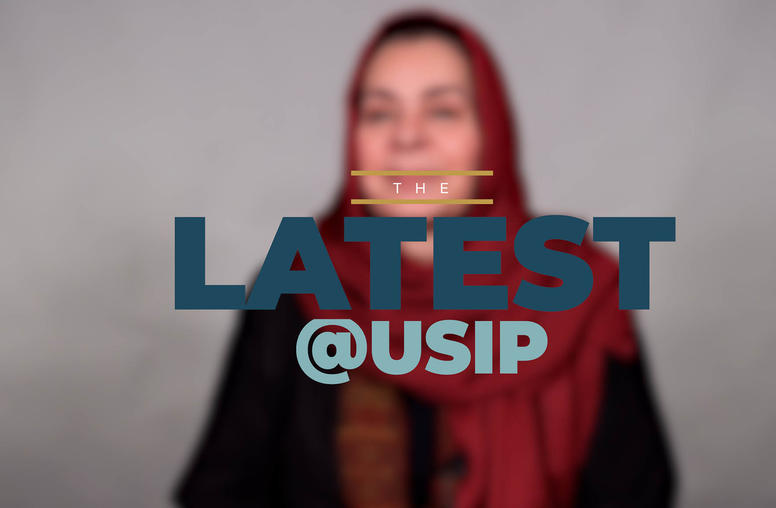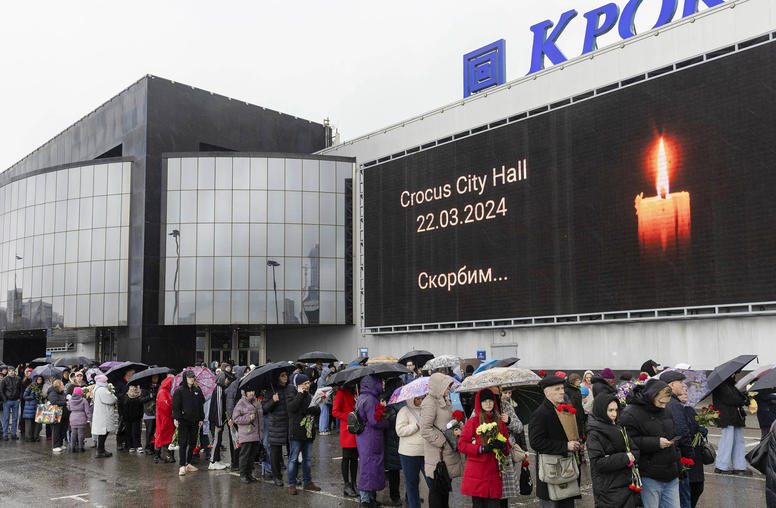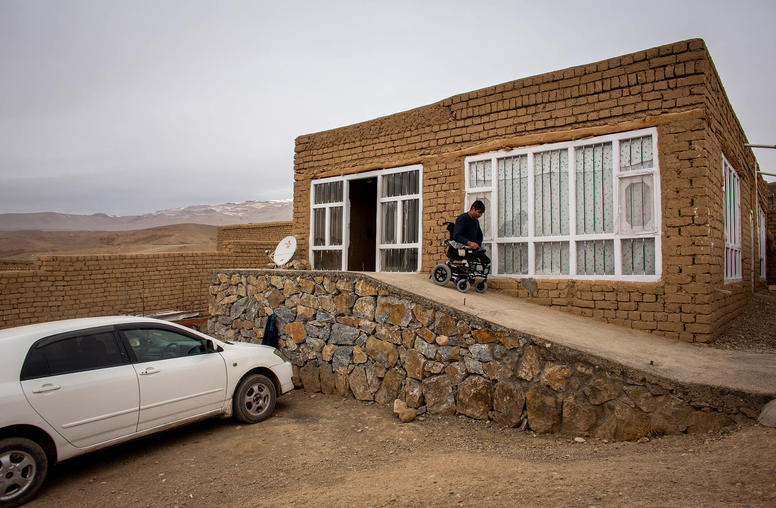Afghanistan National Defense and Security Forces
Mission, Challenges and Sustainability
In the past fourteen years, the Afghan National Defense and Security Forces (ANDSF) have developed into a collection of professional institutions that are both committed to their mission and highly respected. However, they still face major challenges in key areas of capacity, such as logistics, air power, and intelligence. This report assesses the ANDSF’s structure and capabilities and the conditions needed for their long-term financial and operational sustainability.
Summary
- From inception, the Afghan National Defense and Security Forces (ANDSF) have experienced shifting political and security conditions that have impacted their size, structure, mission, and capacity.
- The ANDSF have long been dependent on U.S. financial and operational assistance, as well as support from the North Atlantic Treaty Organization. They are expected to remain dependent on foreign aid for many years.
- Although well-designed on paper, the ANDSF’s command and control structure does not function as intended. The structure is bureaucratically heavy at the top and weak at the bottom. Political interference and the circumventing of formal command levels often prevent the carrying out of established procedures, plans, and unit functions.
- Coordination across the Afghan National Army, Afghan National Police, and National Directorate of Security forces in the field is dangerously lacking. The nature of shared decision making within the National Unity Government has led to delays in appointments, thus inhibiting the ability of Afghan security ministries and their forces to effectively exercise command and control.
- The ANDSF continue to experience major logistics, air power, and intelligence shortfalls, undermining their operational posture and the combat effectiveness of their troops.
- To avoid overextension and improve the space-to-force ratio, Afghan leadership may want to change the ANDSF operational posture from being defensive to offensive. This would mean prioritizing some areas and leaving other areas for local forces to cover. Remote, hard to- reach locations would only be watched and hit where the enemy shows concentration.
- Given that the Taliban and other anti-Afghan government insurgents have operational and logistic infrastructure in Pakistan, the country has significant control and influence over them and can therefore play a key role in reducing the level of violence in Afghanistan.
- Afghanistan’s long-term security strategy needs to focus on reducing threat levels through political settlement and building indigenous security capacity to respond to emerging threats.
About the Report
This report examines the development of the Afghan National Defense and Security Forces (ANDSF), their current structure and capacity, and their challenges in securing long-term financial and operational sustainability. The report also explores how the ANDSF can more effectively operate on a nonconventional battlefield and deal with emerging new threats of violent extremism—both alone and as part of a larger regional and global coalition. The information is based on field research and interviews conducted by the author in Afghanistan in 2015.
About the Author
Ali A. Jalali is a distinguished professor at the Near East South Asia Center for Strategic Studies at National Defense University and recently served as a senior expert on Afghanistan at the U.S. Institute of Peace. A former interior minister of Afghanistan (January 2003–October 2005), Jalali also worked for more than twenty years as a broadcast executive in the Pashto, Dari, and Persian languages at the Voice of America in Washington, DC.



